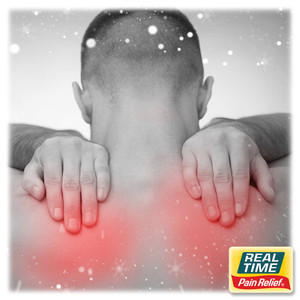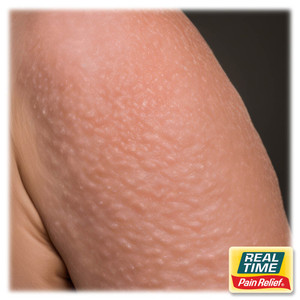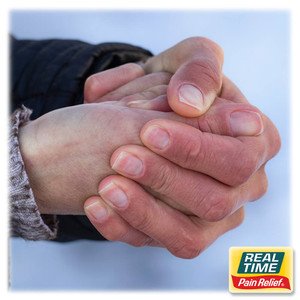Conquering Flatfeet: Managing Flatfeet in Daily Life
Posted by Dennis R. Escalera on 1st Jun 2024
Introduction
Flatfeet, also known as fallen arches, is a condition where the arches of the feet are flattened, allowing the entire sole to come into complete or near-complete contact with the ground. While some people with flatfeet experience no symptoms, others may encounter pain and mobility issues.
What are Flatfeet?
Flatfeet occur when the arches, typically present in the foot, either fail to develop during childhood or collapse over time. This condition can be flexible, meaning the foot has an arch when not bearing weight, or rigid, meaning the arch is consistently absent.
Causes and Risk Factors
The development of flatfeet can result from a variety of factors:
- Genetics: A family history of flatfeet increases one’s risk.
- Injury or damage: Damage to the tendons supporting the foot arch.
- Arthritis: Joint inflammation can lead to arch collapse.
- Weak arches: Temporary or chronic conditions where arches simply never develop.
- Obesity: Increased body weight puts more pressure on the arches.
- Aging: Tendons in the foot can weaken over time, leading to a collapse of the arch.
Symptoms
Individuals with flatfeet might experience:
- Pain in the feet, particularly in the heel or arch area.
- Pain that worsens with activity.
- Swelling along the inside of the ankle.
- Feelings of weariness or fatigue in the feet.
Diagnosis
Diagnosis usually involves a physical exam with the doctor observing the feet from various angles. The doctor may also observe the patient standing and walking and may order imaging tests like X-rays to assess the bones and tissues of the foot more closely.
Treatment Options and Solutions for Everyday Relief and Support
Living with flatfeet requires attention to daily activities and choices that can affect foot health and comfort. Here are practical solutions and treatment options that can help manage the symptoms and provide relief:
- Proper Footwear
- Supportive Shoes: Choose shoes with good arch support and cushioning. Shoes should have a firm heel counter to provide stability and support for the heel.
- Avoid High Heels and Flats: These types of shoes can exacerbate symptoms by lacking adequate support for the arches.
- Use of Orthotic Devices
- Custom Orthotics: These are specially made devices designed to support the contours of your foot. Custom orthotics can be prescribed by a podiatrist and are tailored to address your specific foot structure and needs.
- Over-the-Counter Arch Supports: These can provide relief for milder cases of flatfeet and are widely available at drugstores and sporting goods stores.
- Regular Foot Exercises
- Arch Strengthening: Exercises like toe curls and heel raises can strengthen the muscles around the arch and improve foot stability.
- Stretching: Stretching the Achilles tendon and the plantar fascia can help alleviate tension and pain in the foot. A simple exercise involves stretching your toes upward with your hands to stretch the arch of your foot.
- Maintain a Healthy Weight
- Weight Management: Reducing body weight can decrease the pressure exerted on your arches, alleviating pain and preventing further flattening.
- Apply Topical Pain Relief
- Nature’s Ingredient Creams and Lotions: Applying topical pain relief creams that contain menthol may help to provide temporary relief from pain. Other beneficial ingredients to be included are capsaicin and arnica. These products create a cooling or warming sensation that can temporarily distract from the discomfort of flatfeet.
- Consider Physical Therapy
- Professional Guidance: A physical therapist can teach you exercises and stretches specifically designed for flatfeet. They can also use techniques such as taping your arches to provide temporary support and alignment.
Conclusion
With the right treatment approach and proper care, many individuals with flatfeet can achieve significant relief and maintain an active lifestyle.
References
- American Orthopaedic Foot & Ankle Society: https://www.footcaremd.org/conditions-treatments/midfoot/adult-acquired-flatfoot-deformity
- Mayo Clinic – Flatfeet: https://www.mayoclinic.org/diseases-conditions/flatfeet/symptoms-causes/syc-20372604
- Cleveland Clinic – Flatfeet: https://my.clevelandclinic.org/health/diseases/17005-flat-feet





